Roland RP501R Manual
| Mærke: | Roland |
| Kategori: | Klaver |
| Model: | RP501R |
Har du brug for hjælp?
Hvis du har brug for hjælp til Roland RP501R stil et spørgsmål nedenfor, og andre brugere vil svare dig
Klaver Roland Manualer
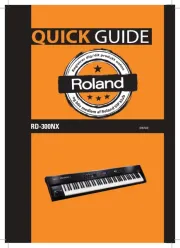
7 September 2025
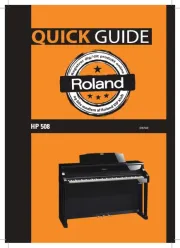
19 August 2025
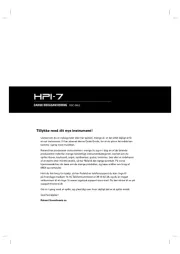
3 August 2025
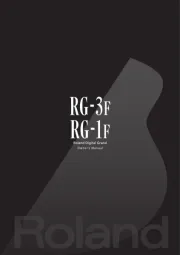
3 August 2025
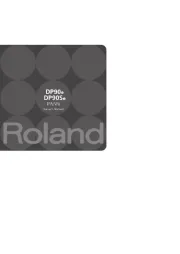
2 August 2025
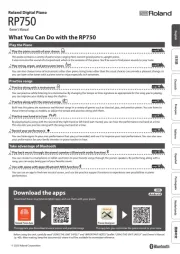
17 Juli 2025

5 Juli 2025
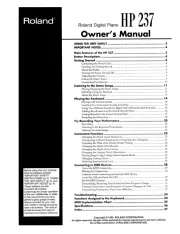
21 Juni 2025

29 September 2024

21 September 2024
Klaver Manualer
- NUX
- Yamaha
- VOX
- Nord
- Viscount
- Casio
- Dexibell
- Korg
- Crumar
- Kawai
- IDance
- Native Instruments
- Carry-on
- Alesis
- Max
Nyeste Klaver Manualer
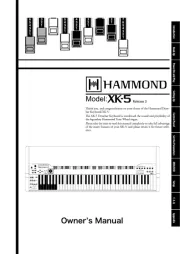
26 September 2025
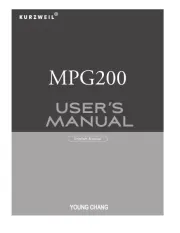
16 September 2025
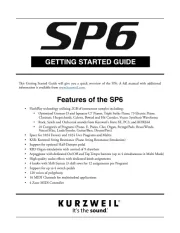
15 September 2025
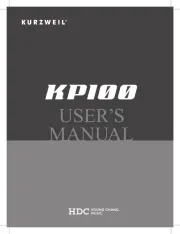
15 September 2025
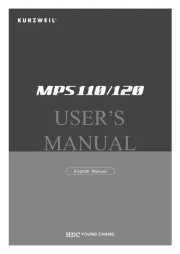
14 September 2025
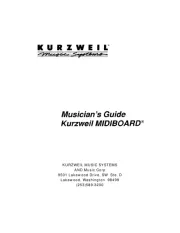
14 September 2025
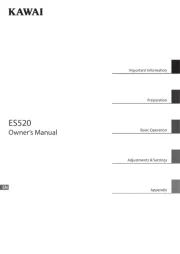
14 September 2025
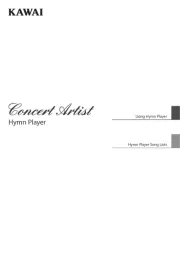
13 September 2025
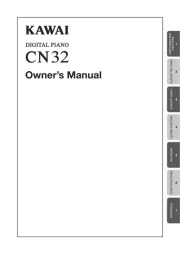
13 September 2025
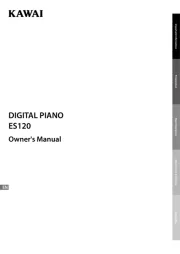
13 September 2025

